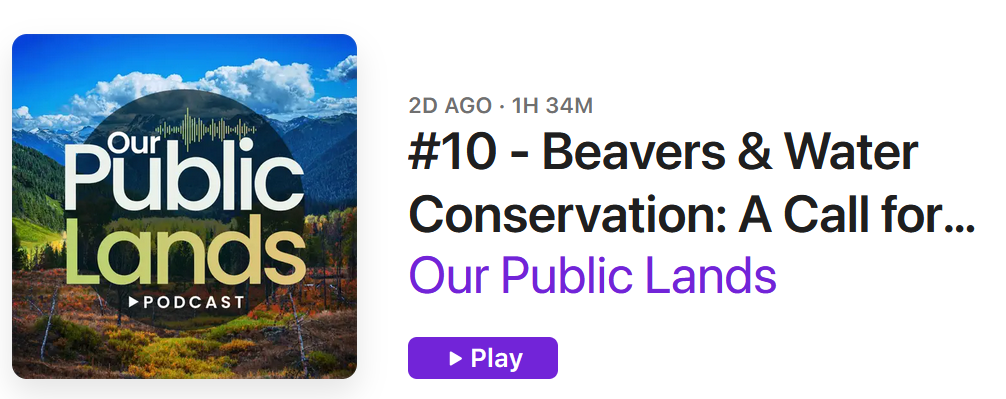Working on a new fact sheet about beavers and biodiversity. Erika was kind enough to help with the artwork.
I was thrilled to hear this interview and especially enjoyed the discussion of BDAs. At one time they were both hydrologists with the forest service/ Suzanne is now retired and Kami Ellison is working in the private sector. Together they make a whopping duo of beaver advocacy in this fullsome interview.
Enjoy and share widely.
How beavers affect riverine aquatic macroinvertebrates: a review
As ecosystem engineers, the construction of dams by beavers alters stream habitat physically and 0biologically, making them a species of interest for habitat restoration. Beaver-created habitat changes affect a wide range of aquatic invertebrate species. However, despite numerous individual studies of how beavers affect aquatic macroinvertebrate assemblages, there has been no evaluation of the consensus of these effects across studies.
Until now. Read the full review here.
peerj-13180-1







































